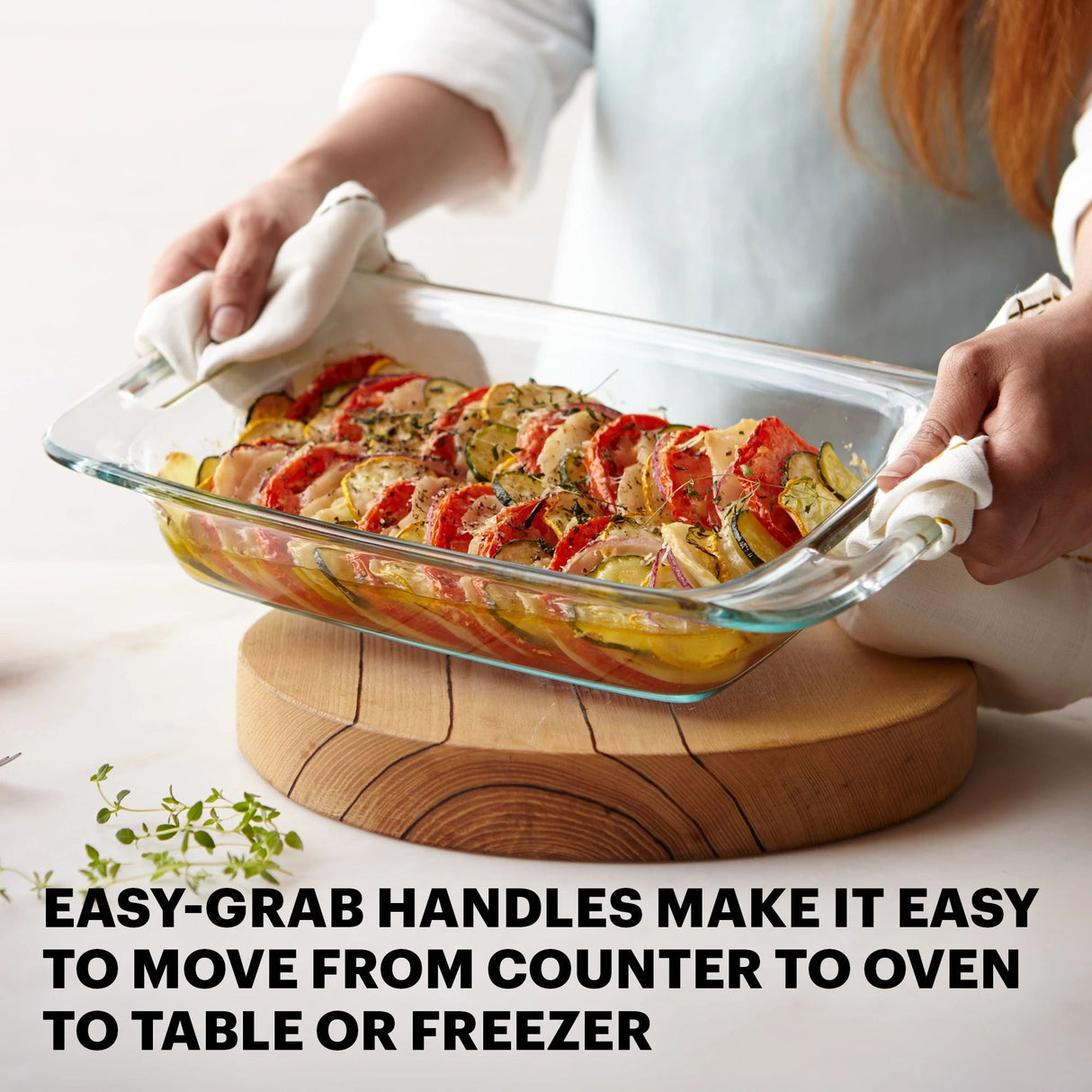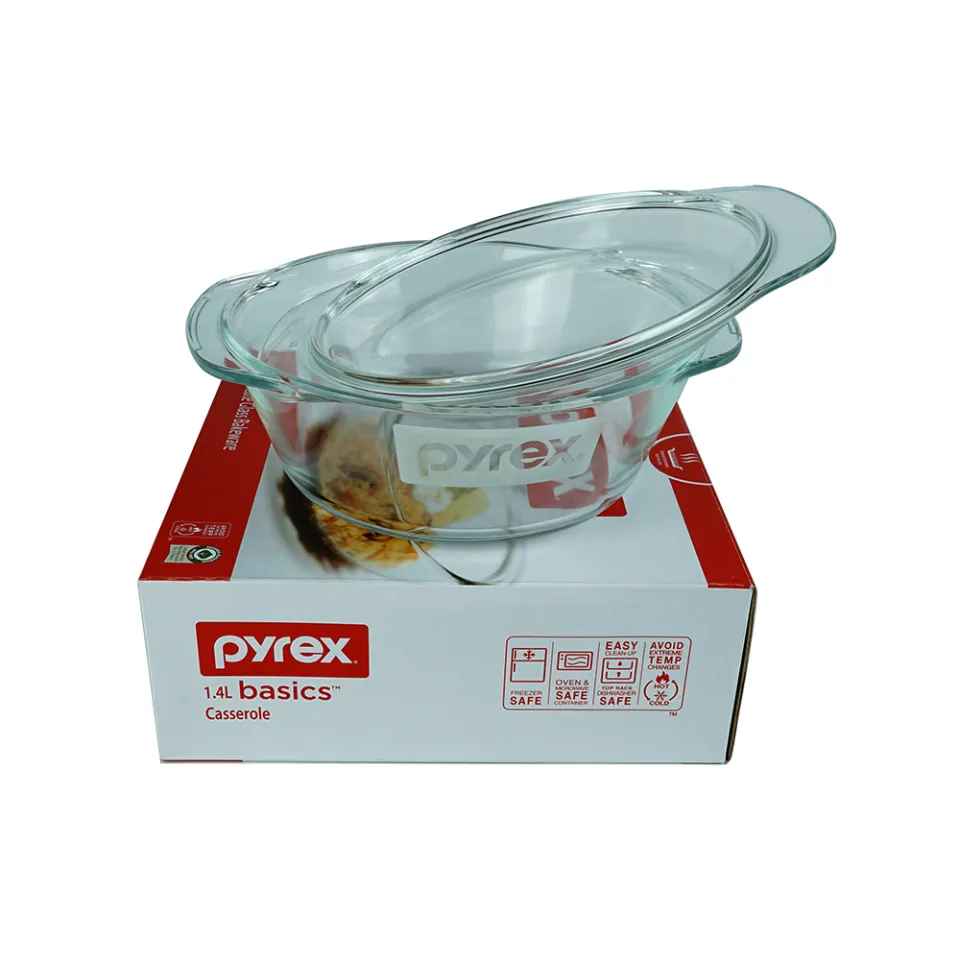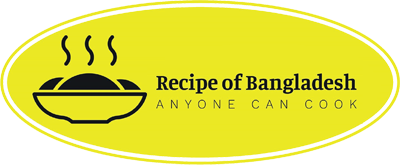Have you ever found yourself wondering if you can put a cold glass dish straight into a hot oven? It’s a common question and one that many home cooks have pondered at some point.
You might be in the middle of preparing a meal, and suddenly, you’re unsure whether your trusty glassware can handle the heat. This uncertainty can leave you feeling anxious about the potential risks, like cracking or even shattering your dish.
We’ll dive into the science behind glassware and temperature changes, providing you with practical tips and insights. Understanding these basics will not only save your dishes but also enhance your cooking experience. So, if you want to cook with confidence and avoid kitchen mishaps, keep reading. Your next meal could depend on it!

Credit: ruimtevoorautisme.nl
Thermal Shock Explained
Have you ever wondered why your glass dish cracked after you placed it in a hot oven? This frustrating scenario is often caused by thermal shock. Let’s dive into what thermal shock is and how it affects glassware in the kitchen.
What Is Thermal Shock?
Thermal shock occurs when glass experiences a sudden temperature change. The rapid shift causes stress in the material, leading to cracks or breaks. It’s not just about the heat; it’s the speed of the change that does the damage.
Why Does Glass Break?
Glass expands when heated and contracts when cooled. If the change is too quick, the glass can’t cope. Imagine you’re in a hot shower, then suddenly jump into a cold pool. Your body reacts to the shock, just like glass does.
Personal Experience With Thermal Shock
Once, I placed a cold pie dish directly into my preheated oven. Minutes later, I heard a loud crack. My pie was ruined, but the lesson was clear: glass hates sudden changes. Have you ever faced such kitchen mishaps?
Preventing Thermal Shock
Always allow glass to reach room temperature before putting it in the oven. Use a gradual heating process. Preheat the oven with the glass inside, or let it sit out for a while. Small steps can save your dishes from disaster.
Can You Avoid The Risk?
Consider using oven-safe glassware. Not all glass is created equal. Check for thermal-resistant labels. They help ensure your glass can handle the heat without breaking.
Thoughts On Glass Safety
How often do you check your kitchen tools for safety? It’s easy to overlook. Regular inspections and mindful usage prevent breakage and ensure cooking success.
Understanding thermal shock can save you from unexpected kitchen disasters. Are you ready to handle your glassware with care?
Types Of Glassware
Choosing the right glassware for your cooking tasks is crucial. Not all glass is safe for oven use. Understanding the types of glassware helps you avoid kitchen mishaps. Some glass types can handle temperature changes better than others.
Tempered Glass
Tempered glass is tough and durable. It undergoes a special process that increases its strength. This type of glass can handle sudden temperature changes. It’s less likely to shatter than regular glass. However, it’s still important to let it cool before washing.
Borosilicate Glass
Borosilicate glass is known for its heat resistance. It can withstand extreme temperature shifts without breaking. This makes it ideal for oven use. It’s also resistant to chemical corrosion. Many laboratory glassware items use borosilicate for this reason.
Soda-lime Glass
Soda-lime glass is common in everyday glassware. It’s more affordable but less heat-resistant. Rapid temperature changes can cause it to break. Avoid putting cold soda-lime glass directly in a hot oven. It’s better suited for serving than cooking.
Risks Of Placing Cold Glass In A Hot Oven
Placing cold glass in a hot oven can lead to unexpected risks. Understanding these risks helps prevent accidents in the kitchen. Glass expands and contracts with temperature changes. Quick shifts in temperature can have dire consequences. Let’s explore these dangers further.
Cracking And Shattering
Cold glass exposed to heat can crack or shatter. Rapid expansion stresses the glass. Small cracks develop quickly. These cracks can lead to shattering. Shattered glass poses serious risks in the kitchen. It creates a mess and is dangerous to clean up.
Potential Injuries
Shattering glass can cause injuries. Broken pieces can fly in various directions. Sharp edges can cut skin. Unexpected explosions of glass are startling. Burns may occur from hot glass fragments. Always exercise caution with glass cookware.
Damage To Oven And Cookware
Cracked glass can damage ovens. Broken glass may fall into heating elements. This can cause malfunction or further damage. Cleaning shattered glass from an oven is challenging. It may also scratch other cookware. Glass fragments can damage other dishes, too.

Credit: monoform.cz
Safe Practices For Using Glassware
Using glassware in the kitchen requires care and attention. Glass can break under sudden temperature changes. It’s essential to use safe practices with glassware. This ensures your safety and protects your kitchenware.
Gradual Temperature Changes
Glass does not handle sudden temperature shifts well. Always let it adjust slowly. For example, if you take glass from the fridge, let it sit at room temperature. This prevents the glass from cracking in the oven.
Preheating Guidelines
Always preheat your oven before placing glass inside. This allows the glass to heat evenly. Avoid putting cold glass in a hot oven without preheating. This can cause thermal shock and damage the glass.
Checking For Damage
Inspect your glassware for cracks or chips before use. Damaged glass is more likely to break under heat. If you find any flaws, do not use the glass in the oven. This simple step can prevent accidents.
Alternative Cooking Materials
Choosing the right materials for cooking is crucial. Glass can break if put cold into a hot oven. Luckily, there are alternative materials that withstand temperature changes. Explore ceramic, metal, and silicone options for safe baking.
Ceramic And Stoneware
Ceramic and stoneware are excellent for baking. They distribute heat evenly, providing consistent cooking results. These materials are durable. They resist cracking under temperature changes. Ideal for casseroles and baked dishes, they offer style and functionality.
Metal Cookware
Metal cookware is versatile and reliable. It heats up quickly, saving time in the kitchen. Options include stainless steel, aluminum, and cast iron. Each offers unique benefits. Stainless steel is robust. Aluminum is lightweight. Cast iron retains heat well. Perfect for roasting and broiling.
Silicone Bakeware
Silicone bakeware is flexible and non-stick. It handles heat without damage. Ideal for muffins, cakes, and cookies, it makes baking easy. Cleanup is simple. No scrubbing needed. Its flexibility allows easy removal of baked goods. A practical choice for everyday baking.

Credit: monoform.cz
Emergency Measures
Placing cold glass in a hot oven can lead to cracking or shattering. Sudden temperature changes cause stress. Always allow glass to reach room temperature before heating to prevent accidents.
Putting cold glass into a hot oven can lead to a shattered mess, posing a risk of injury. When facing this situation, swift action is crucial. These emergency measures can help you handle the chaos safely and minimize harm. You might think, “What should I do first?” Let’s dive into practical steps to manage the aftermath effectively.
Handling Broken Glass
Start by prioritizing safety. Broken glass can be sharp and hazardous. Wear gloves to protect your hands while cleaning up. Gather the larger shards first. Use a broom and dustpan for smaller pieces, ensuring you sweep thoroughly to avoid any lingering fragments. If you don’t have gloves, use a thick cloth or paper towels to handle the glass. Have you ever found yourself in this situation and felt overwhelmed? Taking small, careful steps can make the task manageable.
First Aid For Burns And Cuts
Accidents often involve burns and cuts. If you suffer a burn, run cool water over the area immediately. Avoid using ice, as it can damage the skin further. For cuts, clean the wound with antiseptic. Apply pressure to stop bleeding and cover with a bandage. It’s important to have a basic first aid kit handy. Do you know where yours is? Keeping it accessible can make all the difference in an emergency.
Contacting Professionals
Sometimes, injuries require professional attention. If you or someone else is seriously hurt, don’t hesitate to call for medical help. Additionally, if the oven is damaged, consult a repair technician. Attempting to fix it yourself can be dangerous. Have you ever tried solving a problem only to make it worse? Knowing when to call in experts can prevent further complications and ensure everything is handled safely.
Frequently Asked Questions
Can I Put A Cold Glass Dish In A Hot Oven?
Avoid putting a cold glass dish directly in a hot oven. Sudden temperature change may cause the glass to crack or shatter. Allow the dish to reach room temperature first for safety and to prevent damage. Always follow manufacturer guidelines for best results when using glass bakeware.
Can You Put A Glass Bowl In The Oven From The Fridge?
Avoid putting a glass bowl directly from the fridge into the oven. Sudden temperature changes can cause it to shatter. Allow the glass to reach room temperature before baking. Always check if the glass is oven-safe by looking for labels or manufacturer instructions.
Safety comes first to prevent accidents.
Will A Cold Pyrex Crack In A Hot Oven?
Placing cold Pyrex directly in a hot oven can cause it to crack. Allow it to warm gradually. Always follow the manufacturer’s instructions for safe use. Sudden temperature changes are risky for glassware. Use caution to prevent damage and ensure safety.
Can A Glass Casserole Dish Go In The Oven At 400 Degrees?
Yes, a glass casserole dish can go in the oven at 400 degrees. Ensure it is oven-safe and avoid sudden temperature changes to prevent cracking. Always follow the manufacturer’s instructions for best results.
Final Words
Cold glass can shatter in a hot oven. It’s risky. Always preheat the oven first. Let the glass adjust to room temperature. This prevents damage. Safety is key in cooking. Use oven-safe glassware. Check labels and instructions. This ensures safe cooking practices.
Avoid sudden temperature changes. It’s crucial for glass integrity. Remember these tips for safe cooking. Your dishes will stay intact. And your oven adventures will be worry-free. Always prioritize safety and enjoy cooking.

Leave a Reply